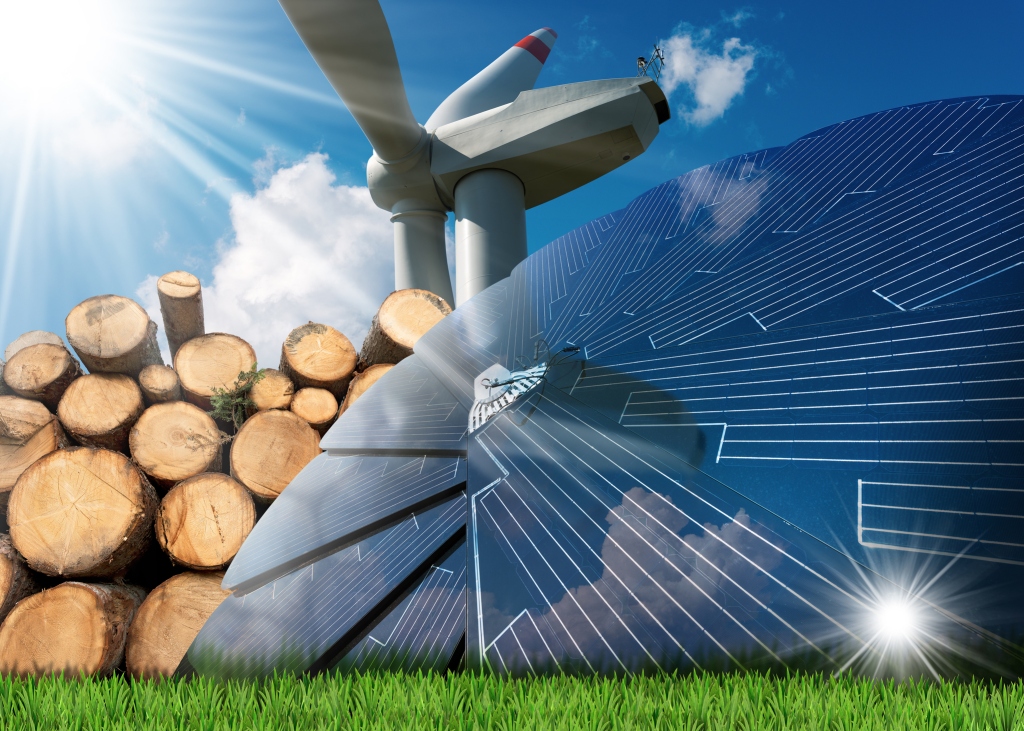Renewable energy sources are a vital component in the transition towards a sustainable future. As we strive to reduce our carbon footprint and combat climate change, it is crucial to understand and harness the power of renewable energy. These sources not only provide clean and green alternatives but also offer long-term economic benefits. In this article, we will explore eight different renewable energy sources that can help us achieve a more sustainable and eco-friendly lifestyle.
1. Solar Energy:
Solar energy has gained immense popularity in recent years due to its abundant availability and cost-effectiveness. The utilization of photovoltaic (PV) panels allows us to convert sunlight directly into electricity. Solar panels can be installed on rooftops or open spaces, enabling households and businesses to generate their own electricity while reducing dependency on fossil fuels.
2. Wind Energy:
Wind power is another widely recognized renewable energy source that harnesses the kinetic energy from wind turbines to generate electricity. Wind farms are typically located in areas with high wind speeds such as coastal regions or open plains. Advances in turbine technology have made wind energy more efficient and affordable, making it an attractive option for large-scale power generation.
3. Hydropower:
Hydropower utilizes the force of flowing or falling water to produce mechanical or electrical energy. It is one of the oldest forms of renewable energy, with hydroelectric dams being used worldwide for power generation purposes. Apart from generating electricity, hydropower offers additional benefits like flood control, irrigation, and water supply management.
4. Geothermal Energy:
Geothermal energy taps into heat stored within the Earth’s crust by utilizing geothermal power plants that drill deep wells into hot underground reservoirs known as geothermal reservoirs or aquifers. This thermal energy is then converted into usable electricity through steam turbines or direct heating systems for residential and commercial use.
5.Biomass Energy:
Biomass refers to any organic matter derived from plants or animals that can be used as a fuel source. Biomass energy can be produced through various processes such as combustion, gasification, and anaerobic digestion. Examples of biomass feedstocks include wood chips, agricultural residues, animal manure, and dedicated energy crops. Biomass energy is known for its versatility and can be utilized for electricity generation or heating applications.
6. Tidal Energy:
Tidal power harnesses the natural ebb and flow of tides to generate electricity through tidal turbines or barrage systems. As the tides rise and fall, water flows in and out of coastal areas, driving turbine blades that produce electricity. Tidal energy has enormous potential due to its predictability and high-energy density but requires suitable locations with strong tidal currents.
7. Wave Energy:
Wave power captures the kinetic energy from ocean waves using devices like oscillating water columns or floating buoys. This renewable energy source has significant potential due to the vast amount of untapped wave resources globally. Ongoing research focuses on improving technology efficiency while minimizing environmental impacts associated with wave power installations.
8.Hydrogen Fuel Cells:
Hydrogen fuel cells are an emerging renewable energy technology that holds great promise for a sustainable future. These cells convert hydrogen gas into electrical energy by combining it with oxygen from the air without producing harmful emissions—only pure water as a byproduct.The use of hydrogen fuel cells is primarily seen in transportation (such as cars) but also offers potential applications in residential power generation.
In conclusion, these eight renewable energy sources offer viable alternatives to traditional fossil fuels while reducing greenhouse gas emissions and promoting sustainability. The transition towards clean energy is not only necessary for combating climate change but also provides economic opportunities across various sectors such as manufacturing, construction, and job creation in green technologies.With continued advancements in technology combined with supportive policies promoting renewable energies’ adoption globally , we can pave the way toward achieving a more sustainable future for generations to come

Leave a comment